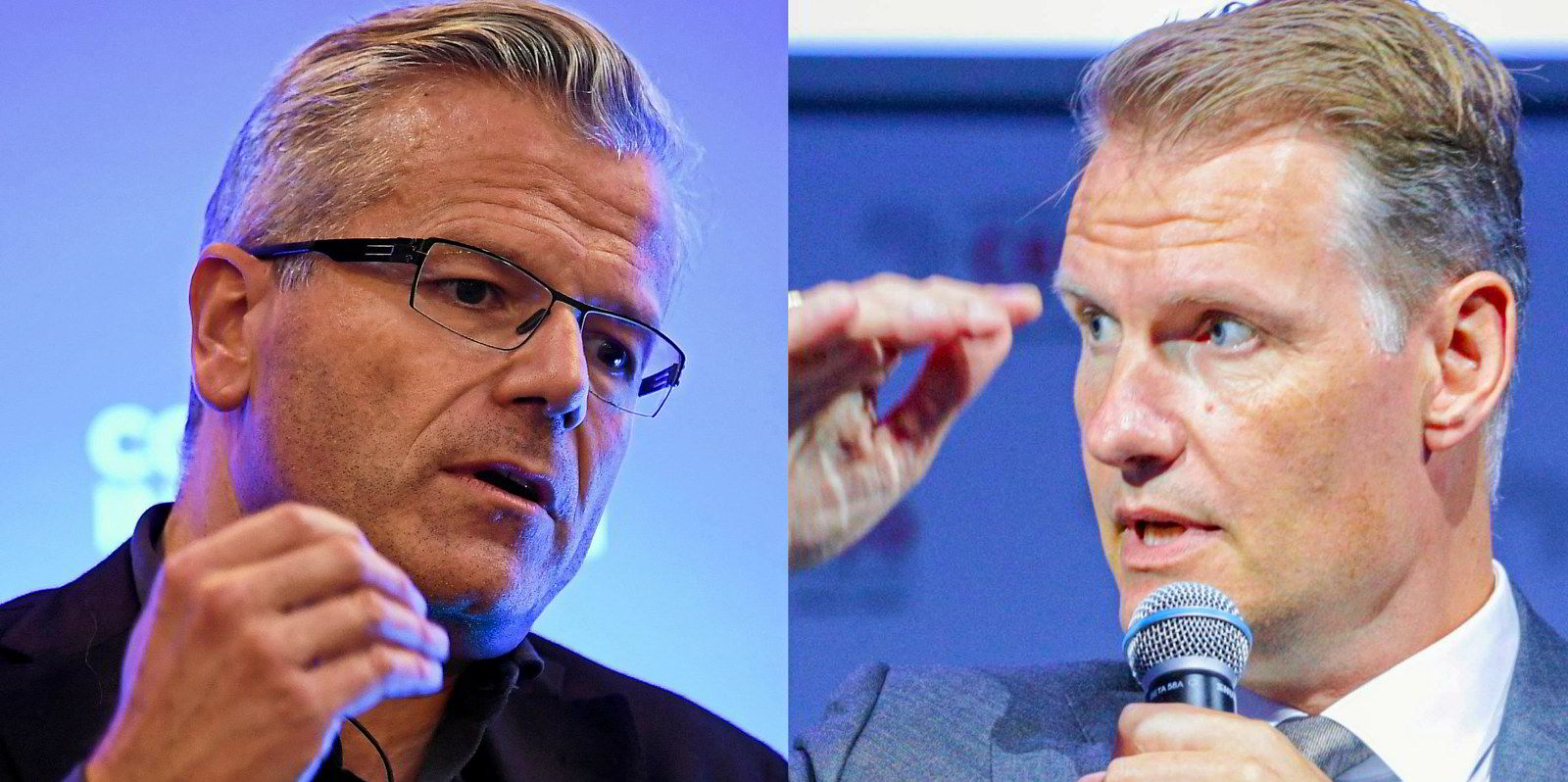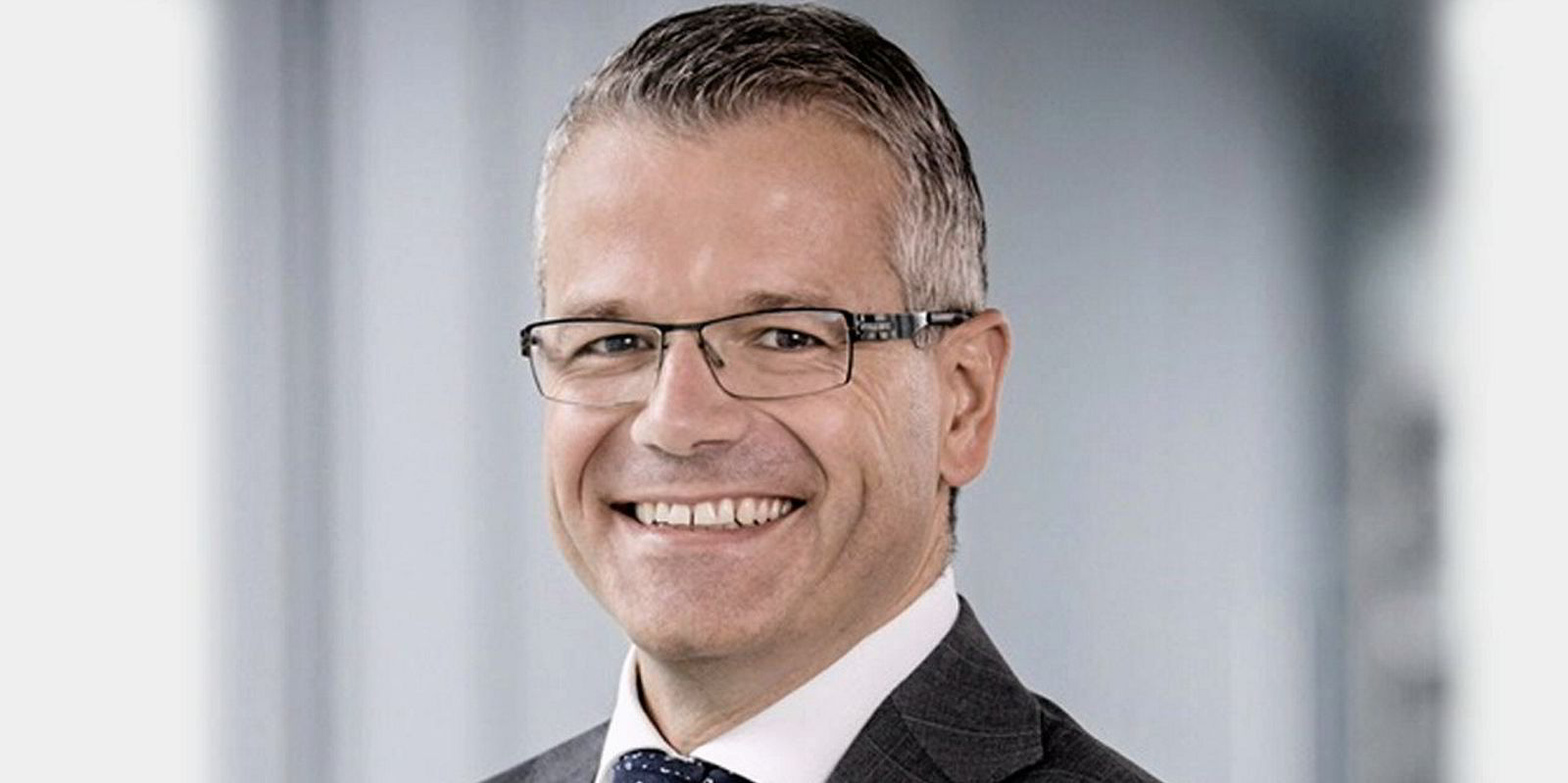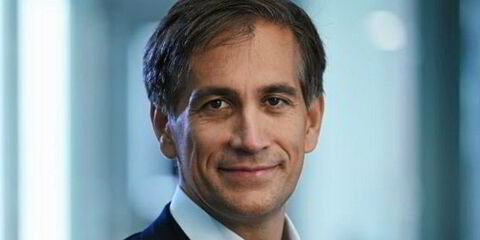The world’s two largest liner shipping companies are placing radically different bets on the future of the sector. Which model is more likely to prevail?
MSC Mediterranean Shipping Company has staked its future on growing its fleet and acquiring market share. It has been placing record numbers of newbuilding orders and buying every secondhand vessel it can. Last year it overtook AP Moller-Maersk as the world’s largest liner operator.
Yet Maersk remains unfazed as it pursues an alternative vision. Seeking to escape what it deems the commoditisation of liner shipping, it wants to offer more services along the supply chain. Maersk is seeking to integrate logistics into its core ocean model, rather than operating as a pure liner shipping carrier.

The sight of the world’s largest liner giants sailing in opposite directions in January as they revealed they would disband the 2M alliance in which they have shared vessels over the past decade suggests the stakes could not be higher.
But for many outside of their Geneva and Copenhagen head offices, that is too limited a view. Liner shipping operators do not face a simple binary choice, they believe.
Among the dozen or so leading liner operators in Europe and Asia, there are probably as many differing strategies.
Hapag-Lloyd, the world’s fifth-largest operator, is not following Maersk down the integrated logistics path.
“We believe we are [a] shipping line. We try to do that really well,” chief executive Rolf Habben Jansen told a conference in Germany in February. “We also invest in adjacent terminals and infrastructure because we believe that strengthens our network. And in the end, that’s what shipping will benefit from.”
Another path is being trodden by France’s CMA CGM. The world’s third-largest liner operator moved into logistics in 2019 with the acquisition of CEVA Logistics and has stakes in 56 terminals around the world, plus an air cargo division.
But unlike Maersk, CMA CGM has kept its logistics and shipping operations separate from one another, in what one executive describes as “more a portfolio type of investment”.
The strategy differs from most Asian liner operators, which have been fairly conservative and remain pure shipping companies.
“It’s interesting to see that the strategies are different, because that gives customers a choice,” says Habben Jansen.
Another picture of the future is painted by Zim. The Israeli company has worked closely with the 2M partners in the past, but chief executive Eli Glickman says it is not following either of their models.
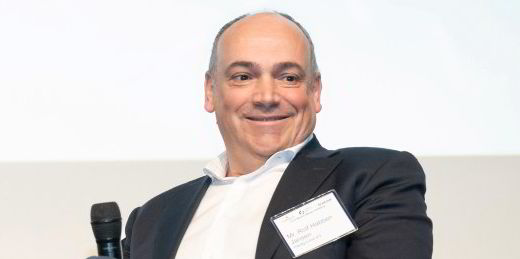
“We’re not heavily invested in logistics and we’re not going to invest in new vessels. We have a different approach,” he says.
Zim’s strategy is an asset-light approach based on chartering in vessels, not buying them. That has meant chartering in 46 vessels, including 28 LNG dual-fuel container ships, mostly from Seaspan Corp. These vessels are much more efficient, with lower slot costs, according to Glickman.
But Zim has not yet decided on what fuel technology the industry will require from 2030, he adds, and that is a major reason why it is not buying newbuildings.
It will avoid the risk of taking the wrong technology choice by continuing this strategy until there is a consensus on what alternative fuels will predominate in the future.
Strategic choices matter, because they will help shape the structure of the sector over the next decade.
When the 2M partners announced that the alliance will be disbanded at the start of 2025, their two chief executives, Vincent Clerc of Maersk and MSC’s Soren Toft, said much had changed since they had signed the 10-year agreement in 2015.
Discontinuing the alliance paves the way for both companies to pursue their individual strategies, approaches that it had become increasingly apparent could not be more different.
While MSC, formed 53 years ago by Gianluigi Aponte, splurged on ships, Maersk focused on vertical integration and environmental, social and governance (ESG) issues.
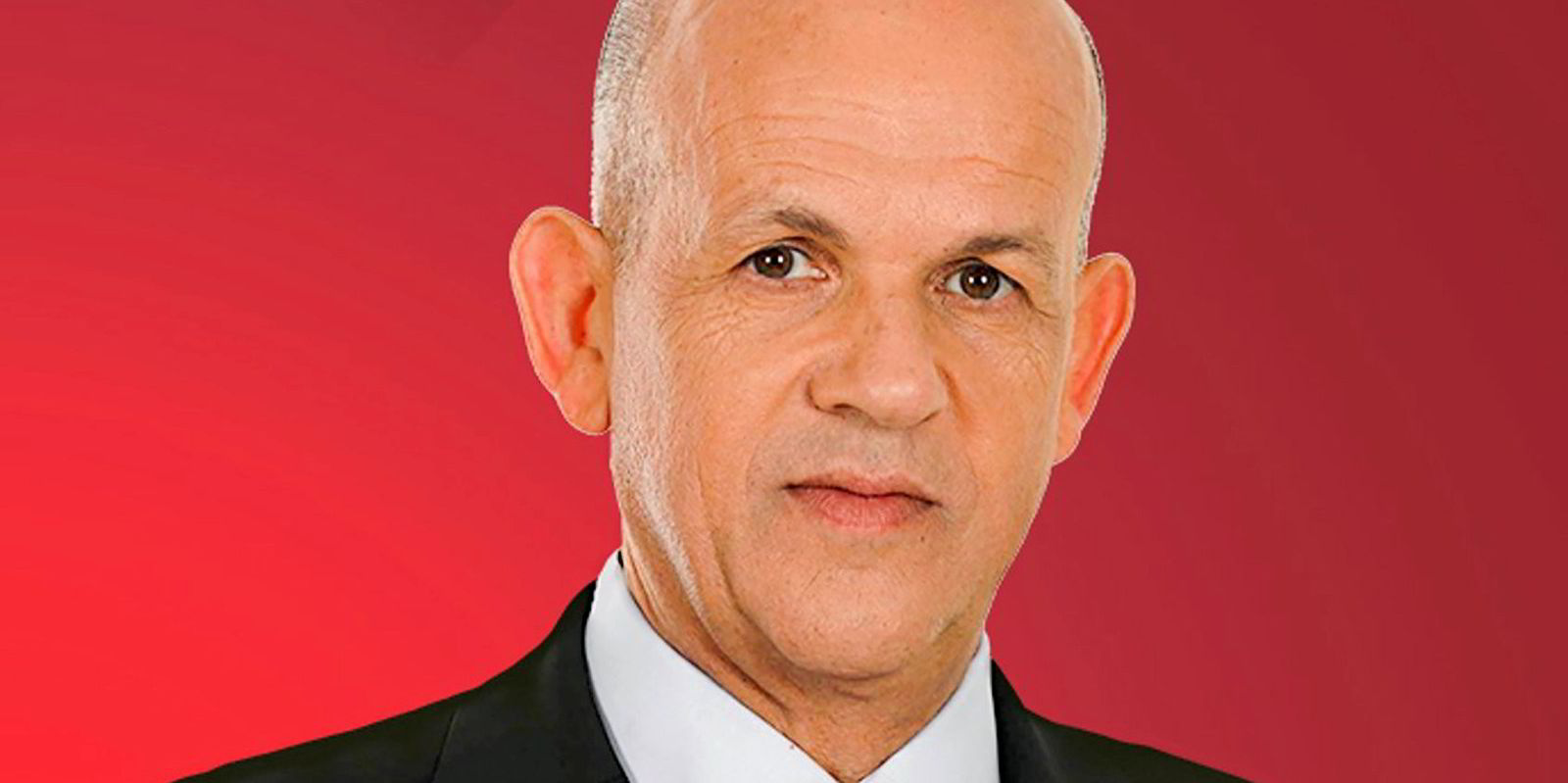
“When we created 2M in 2015, there was a significant value in pooling networks, as we had to phase in a new generation of 20,000-teu-plus tonnage. And we needed flexibility on capacity management,” Clerc told an earnings call.
Volumes have grown significantly and the company has got better at capacity management since then, he said — “so much, in fact, that the synergies from the pooling have decreased significantly. At the same time, the dis-synergies from having divergent strategic goals have increased.”
Maersk needed to move “beyond the traditional ocean service model” towards an integrated, end-to-end strategy.
“To do this, we need to regain and retain a strong level of control of the service levels we provide,” Clerc explained. “That cannot be achieved in an alliance structure.”
Toft, who jumped ship in 2020 from Maersk, where he had been chief operating officer, said MSC would use its position as the company with the largest fleet, orderbook and network coverage, providing “the scale we need for the most comprehensive ocean and shortsea shipping network in the market”.
Another reason why smaller operators are unlikely to follow either the Maersk or MSC models is that, unlike the big two carriers, it is unlikely they would have the capacity to operate a stand-alone global network.
Glickman admits it would be complicated for Zim to emulate Maersk by offering a full service all over the world: “We are not in position to invest in or give a whole supply chain solution to our customer.”
But he believes Maersk is looking to enter a very competitive market with very low return on investment. Zim will reserve its cash for potential mergers and acquisitions as the market normalises and prices fall, he says.
One of Maersk’s trump cards will be the role it plays in leading the industry on the ESG front.

The company has not upscaled from flagships of 20,000 teu to the biggest 24,000-teu ships, now common among other major operators. Instead, Maersk embarked on a project to order 18 vessels with methanol propulsion. The 16,000-17,000-teu ships will be delivered in 2024 and 2025.
In contrast, MSC focused on growth. It will be 40% larger than Maersk by the end of 2025 based on its current orderbook, according to Linerlytica.
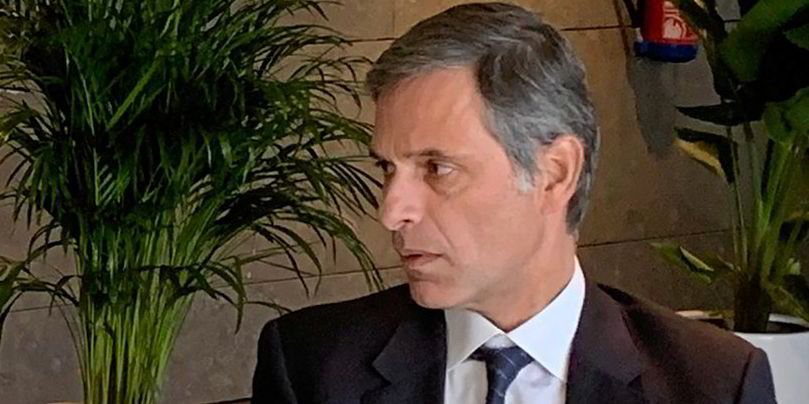
The biggest risk to that model may be in filling those ships on its own. Failure to do so could lead MSC to revert to offering rock-bottom rates that could destabilise the market, observers fear.
For now, though, confidence among operators remains high. Two years of outrageous profitability have given the leading liner operators the confidence to pursue bold plans.
“We have the scale and competitive cost base to stand on our own and deliver on our customer expectation in the future,” Clerc said.
The same is true for MSC, and it is no surprise that every move the Swiss-Italian carrier has made in the past two years has been aligned with its new alliance-free strategy, from building the largest container ship orderbook, to embarking on the biggest secondhand tonnage acquisition spree in history, to expanding its portfolio of port and terminal assets.
The stand-alone strategy will enable Maersk to focus on its low-carbon approach using a dedicated fleet of methanol-powered newbuildings that will carry mainly Maersk cargo, according to Alphaliner.
But it remains to be seen whether shippers will be prepared to pay for Maersk’s integrator and quality carrier approach.
The two other east-west liner alliances seem likely to remain unchanged in the short term, as the agreements between the members of the Ocean Alliance and THE Alliance still have several years to run.
The Ocean Alliance of CMA CGM, Evergreen, Cosco and Orient Overseas Container Line is set to run to 2027, while members of THE Alliance — Hapag-Lloyd, Ocean Network Express, HMM and Yang Ming — have an agreement until 2030.
Changing conditions may not stop liner operators from looking at other potential partners or operating models as those deadlines near.
But by then, the winners and losers as a result of decisions being taken today will be clearer.
